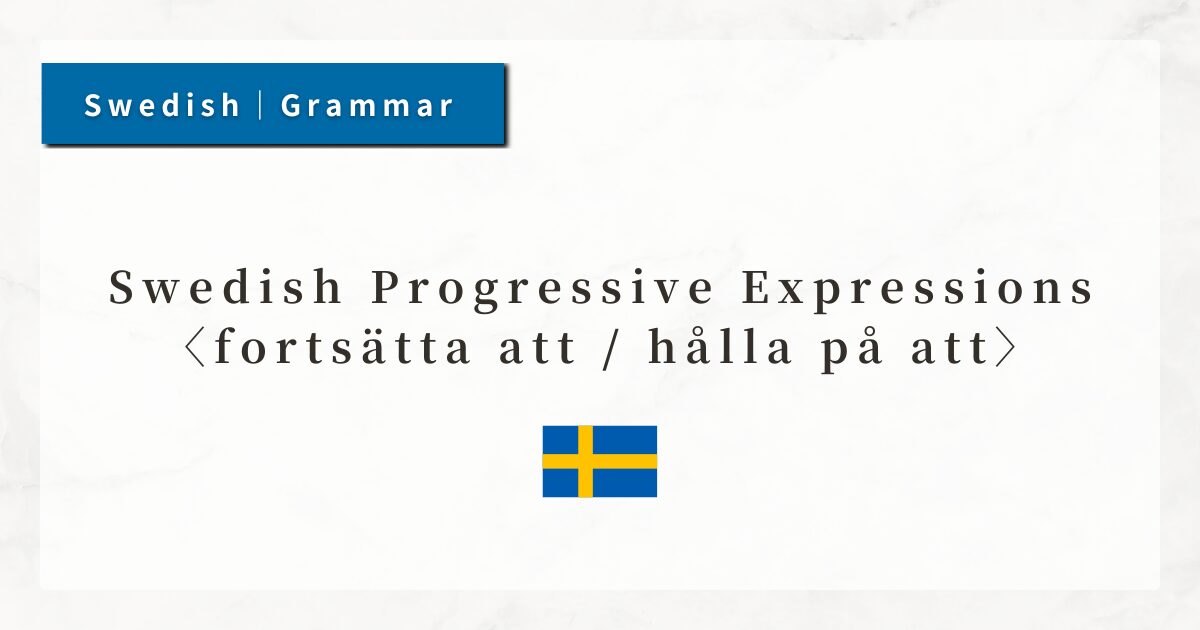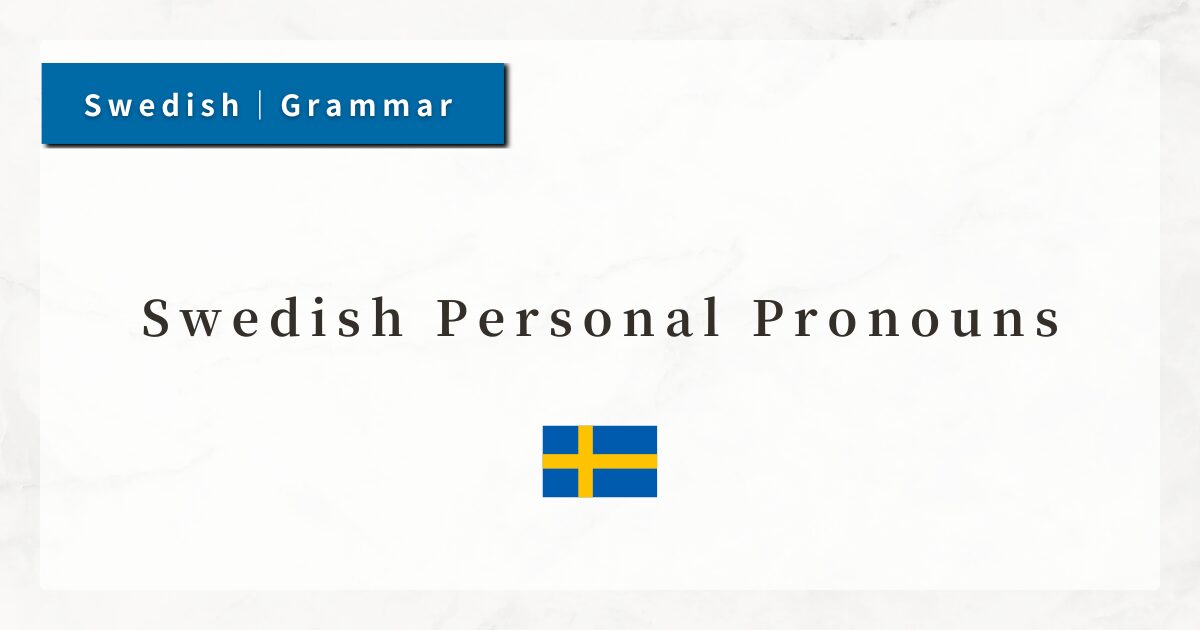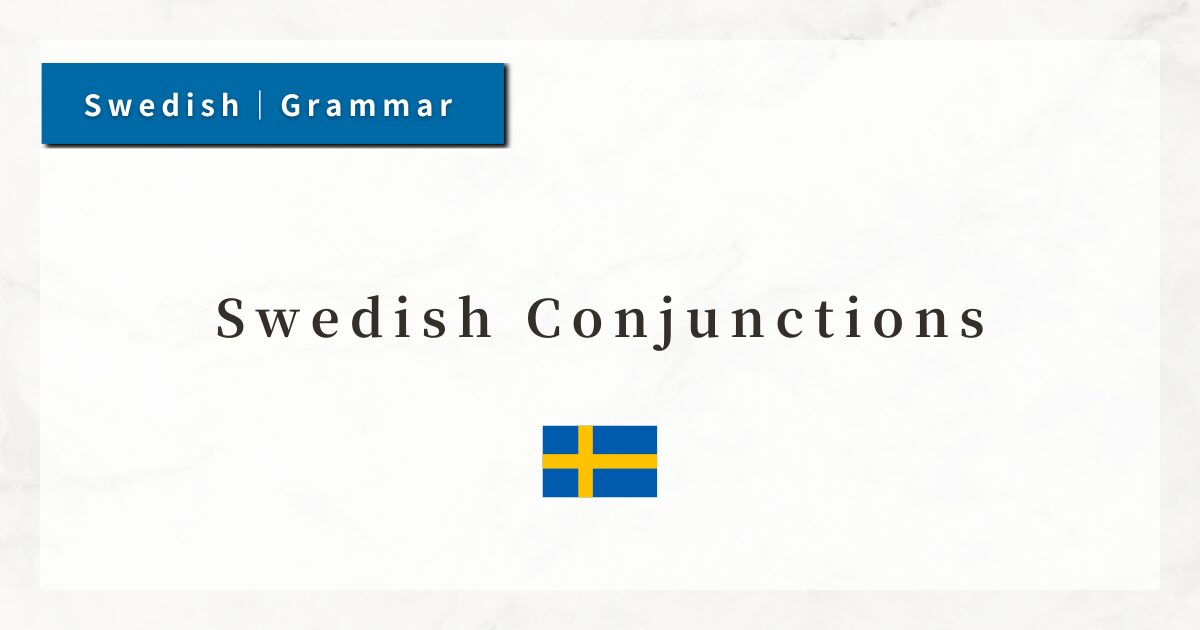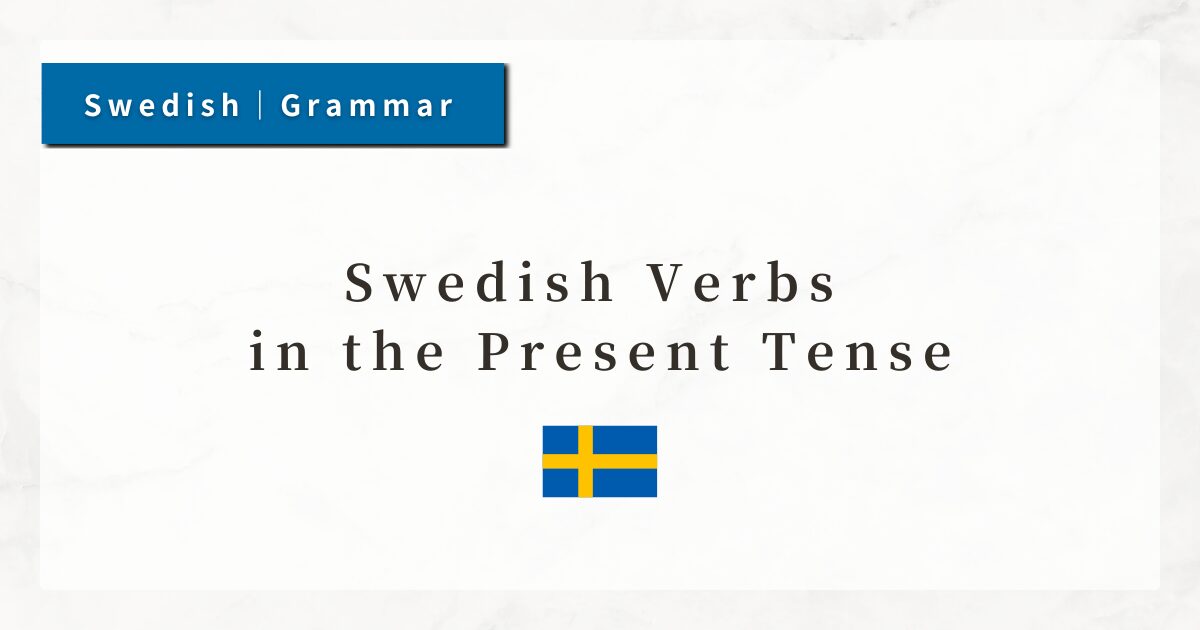#9 Using the Negation Word “inte”|Word Order and Role in Negative Sentences
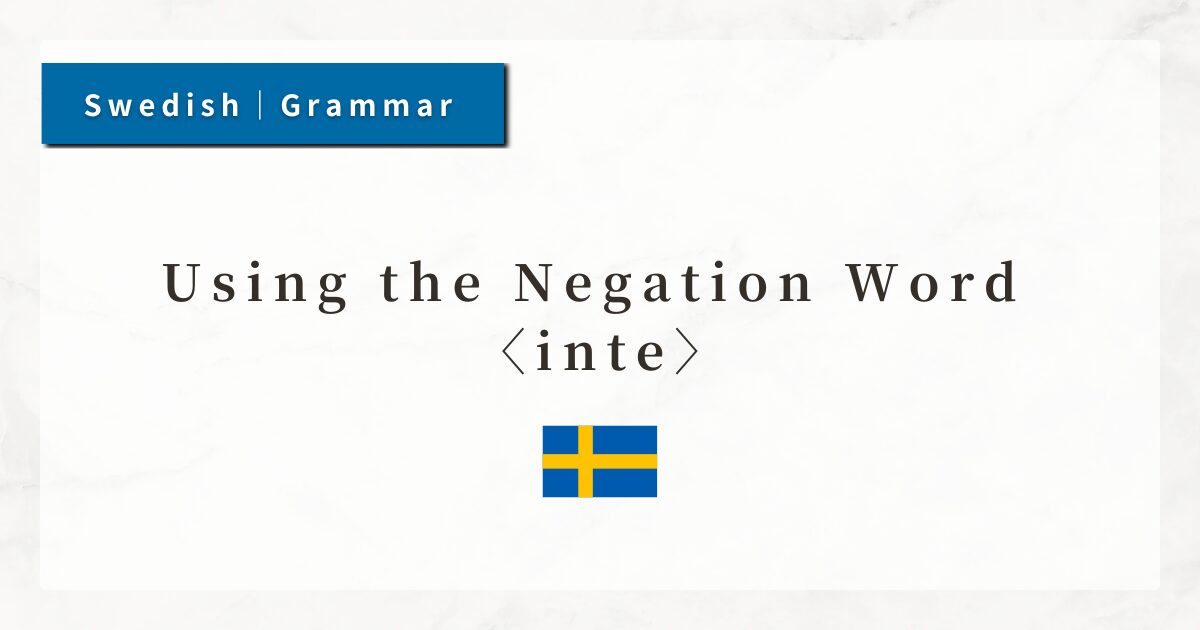
In Swedish, the word used to express negation—“not”—is inte. It corresponds to the English not and is placed either before or after the element to be negated, depending on the structure of the sentence.
However, the position of inte changes depending on the type of sentence (declarative, inverted, interrogative) and the type of verb (auxiliary verbs, etc.). It is therefore important to understand the rules that govern its placement.
In this lesson, I explain the basic usage of inte, the rules for word order in different sentence patterns, and the key points that learners need to keep in mind.
1. The Basics of inte
1-1. The meaning of inte
In Swedish, when I want to say “not” or “do not,” I use the word inte.
It is the equivalent of English not and is an essential word for forming negative sentences.
- Jag är glad. (I am happy.)
→ Jag är inte glad. (I am not happy.) - Vi talar svenska. (We speak Swedish.)
→ Vi talar inte svenska. (We do not speak Swedish.)
By inserting inte, the meaning of the entire sentence is negated.
1-2. What inte negates
Normally, inte negates the meaning of the verb, as in “do not” or “is not.”
However, depending on the context, it can also negate adjectives, adverbs, or nouns, emphasizing specific elements in the sentence.
- Han är inte trött.
(He is not tired.)
→ Negates the adjective trött - Vi bor inte här.
(We do not live here.)
→ Negates the adverb här
2. Inte Comes After the Verb
In declarative sentences (normal statements), inte is usually placed after the verb.
- [Affirmative]
Jag bor i Sverige.
(I live in Sweden.) - [Negative]
Jag bor inte i Sverige.
(I do not live in Sweden.)
The subject (Jag) comes first, followed by the verb (bor), and then inte. This is the basic pattern.
This structure applies to most sentences with main verbs:
- Hon talar inte engelska.
(She does not speak English.) - Vi äter inte kött.
(We do not eat meat.) - Han spelar inte fotboll.
(He does not play football.)
Placing inte incorrectly makes the sentence difficult to understand, so it is important to follow this rule carefully.
3. Placement of inte in Inverted Sentences
A key feature of Swedish word order is the V2 rule, which requires that the verb always occupy the second position in a sentence.
This means that when a time expression or an adverb is placed at the beginning of the sentence, the verb must come before the subject.
- I dag arbetar han.
(Today he is working.)
→ I dag (today) is placed first, so the verb (arbetar) comes second, before the subject.
In the negative form:
- I dag arbetar han inte.
(Today he is not working.)
Here, inte comes after the subject, i.e., after the verb. Thus, in inverted sentences, the typical order is: “[Adverbial] + Verb + Subject + inte”
4. Placement of inte in Questions
In yes/no questions, the verb is placed at the beginning of the sentence. In such cases, inte is placed after the subject.
- Kommer du? (Are you coming?)
→ Kommer du inte? (Are you not coming?) - Ska vi gå? (Shall we go?)
→ Ska vi inte gå? (Shall we not go?)
Negative questions often carry a nuance of confirmation or surprise, as if pressing the listener for clarification.
5. Special Word Order: Emphatic Negation
When I want to strongly emphasize the negation—such as “absolutely not”—I can place inte at the beginning of the sentence.
In this case, the word order is inverted.
- Inte gillar jag kaffe.
(I do not like coffee at all.)
→ Expresses a strong emphasis: “I absolutely do not like coffee.”
This structure is typically found in literary style, poetic language, or emotionally charged speech.
For everyday use, especially at the beginner level, there is no need to use it actively, but it is helpful to recognize it when encountered.
6. Summary
- inte is the basic negation word in Swedish, meaning “not” or “do not.”
- In normal declarative sentences, it is usually placed after the verb.
- In inverted sentences, it comes after the subject (Verb + Subject + inte).
- In yes/no questions, the order is Verb → Subject → inte.
- For emphatic negation, inte can be placed at the beginning, triggering inversion.

